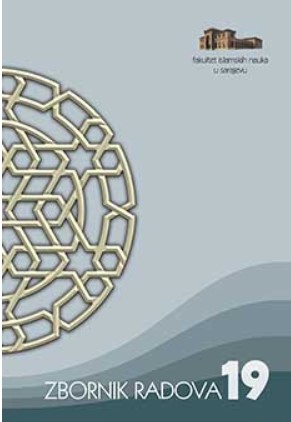O FENOMENU PRIJELAZNOSTI I NEPRIJELAZNOSTI GLAGOLA U ARAPSKOME JEZIKU
ON THE TRANSITIVITY AND INTRANSITIVITY OF VERBS IN ARABIC
Author(s): Zehra AlispahićSubject(s): Theoretical Linguistics, Lexis, Semantics, Comparative Linguistics
Published by: Fakultet islamskih nauka u Sarajevu
Keywords: verbs; transitivity; intransitivity; form; meaning; subject; object; the Qur’an; borders;
Summary/Abstract: In addressing transitivity and intransitivity of verbs in Arabic language, one inevitably comes across the following elements: alfiʻlu (regens), al-fāʻilu (agens) and al-mafʻūlu bihi (pacientis). The presence of the aforementioned elements indicates transitive verbs, where an action performed by the subject takes on an object directly. The verbs with a nearer object are characterized by direct transitivity. These are the verbs which form a unit with the noun, which stands in sentence as the nearer object in the accusative without a mediator. If the presence of the subject is sufficient for effecting verbal action, i.e, if the verbal action does not need to take on an object, then we have intransitive verbs, which do not require specifying the nearer object. In that case, the action expressed by the verb does not transit to the object. Some linguists consider this feature to be the verb’s strength, or capacity to unite with the object. It follows from this that intransitive verbs are those which in their existing form do not have the capacity to link up with the objects, and thus require auxiliaries, while the transitive verbs are those whose strength allows them to link up with one, two, or even three different objects. Linguists, mufassirs, and experts about Arabic language style have never been unanimous in drawing a clear line between transitivity and intransitivity of verbs and this works discusses the fluidity of this phenomenon.
Journal: Zbornik radova Fakulteta islamskih nauka u Sarajevu
- Issue Year: 2015
- Issue No: 19
- Page Range: 127-143
- Page Count: 17
- Language: Bosnian

